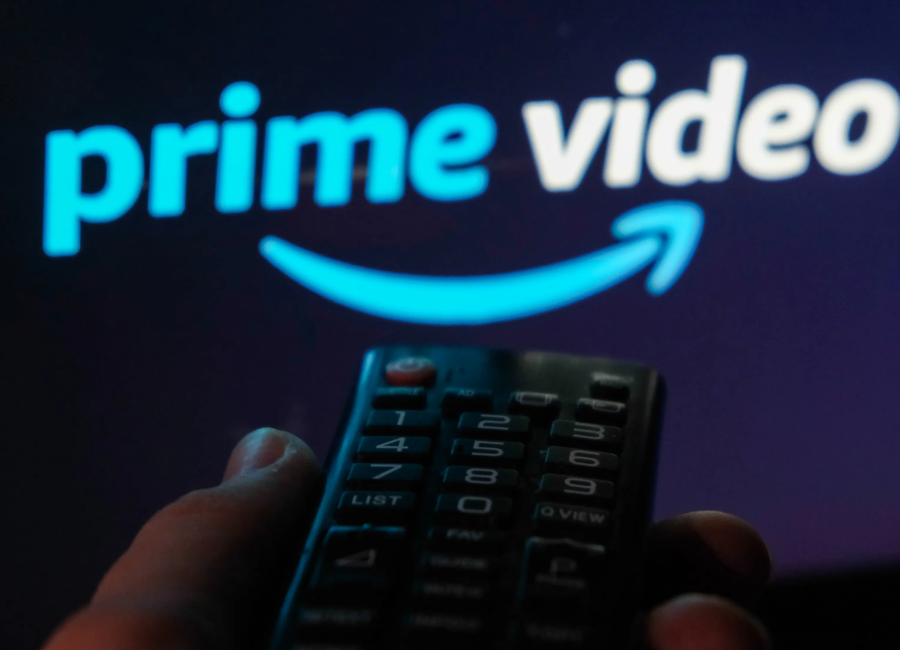E-commerce giant Amazon has unveiled plans to incorporate mid-content advertisements into a significant portion of its flagship streaming service, Prime Video. Commencing on January 29, 2024, Prime Video aims to intersperse advertisements during content streaming, with the primary objective of bolstering revenue to sustain the creation of high-budget original content. Amazon justified this decision in an email to its Prime Video subscribers, asserting that it would enable the company to “continue investing in compelling content and keep increasing that investment over a long period of time.”
The approach mirrors the ad placement strategy employed by competitors like Hulu and Tubi, where ads are featured before and during episodes, often interrupting content around the halfway mark for ad breaks. In a manner akin to Hulu, which offers an ad-free experience to users for an additional premium fee, Amazon is introducing a new tier in its monthly subscription, priced at an extra $2.99 per month to eliminate ads entirely.
For users opting for the traditional Prime Video experience, the monthly fee will rise from $14.99 to $17.99 (or $215 annually), while the ad-supported tier will be priced at $11.99. This move aligns with industry trends, as streaming platforms like Netflix and Disney Plus have incrementally increased subscription fees to offset the escalating costs of developing and curating exclusive content for their audience.

While Amazon has previously experimented with ad-supported services through FreeVee, a free alternative laden with advertisements, the shift to an ad-supported and tiered subscription model has encountered resistance from longstanding users. Many have voiced discontent and threatened to cancel their subscriptions in response to the changes.
Nevertheless, the prevalence of ad-supported subscription services appears to be growing, with companies exploring alternative revenue streams to cope with the escalating budgets required for premium original content. Prime Video has been instrumental in delivering high-profile and high-budget projects, including the immensely popular superhero series “The Boys” and its recent spinoff, “Gen V,” comprising multiple seasons with additional content in the pipeline. These shows, laden with practical and CG special effects and featuring prominent stars, have led to rising production costs over time.
In conclusion, Amazon’s decision to introduce mid-content ads on Prime Video is a strategic move to bolster revenue for sustaining its investment in high-budget original content. The introduction of a tiered subscription model with an ad-free option reflects the evolving landscape of streaming services seeking diverse monetization strategies. However, the change has faced pushback from some users, underscoring the challenges platforms may encounter when altering established subscription models. As the streaming industry continues to evolve, the delicate balance between user experience, content quality, and revenue generation will likely remain a central focus for platforms like Prime Video.







